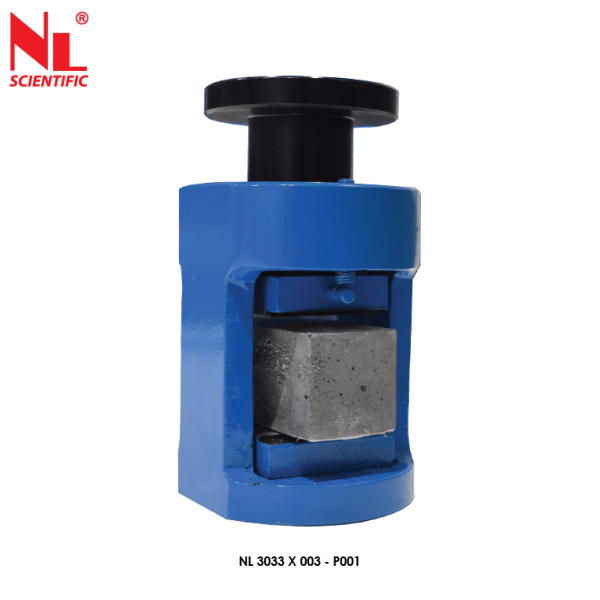Description
Standard: EN 196-1, EN 459-2, EN 13454-2, ASTM C109, ASTM C348, ASTMC349, BS 3892-1,4551-1
Compression and Flexural Testing Machine, Automatic (E-Version)
Compression and Flexural Testing Machine, Automatic (E-Version) is a combination of compression and flexural test machines to measure the resistance to compression and bending (flexure) of cement and mortar by applying controlled forces to specimens.
The purpose of these tests is to determine which material parameters are best for construction like strength, elasticity, and deformation characteristics, which ensure the safety and durability of materials in various applications ranging from construction and manufacturing to research and development.
This machine consists of two loading frames with two independent measuring ranges for consistent performance. Its fully automatic computer control provides a constant loading rate for both compression and flexural tests. The advanced and user-friendly computer software enables results to be acquired automatically with the test curve display and result database being saved virtually unlimited inside the computer. Suitable for testing on flexural and compression of 40 x 40 x160 mm mortar prism and compression of 50 mm mortar cubes.









